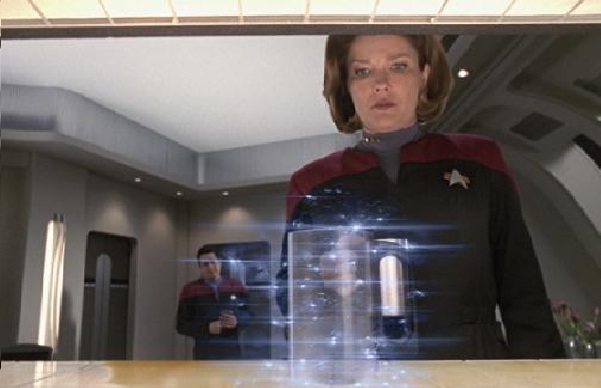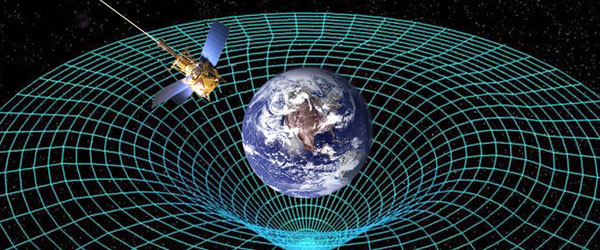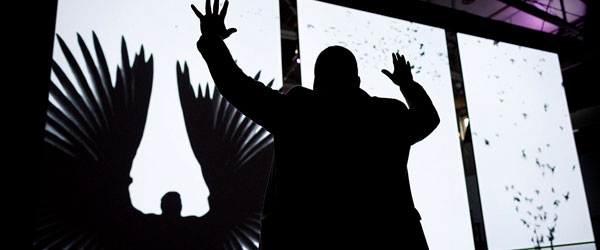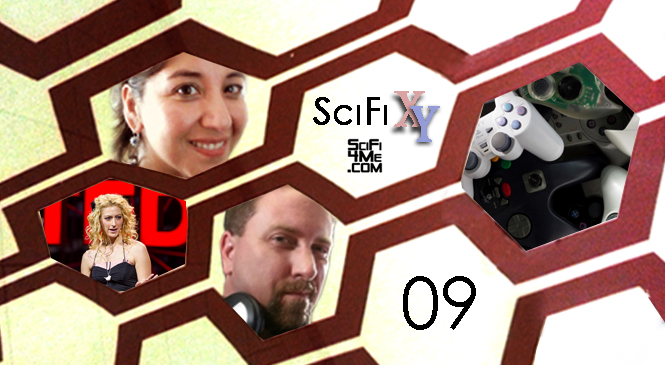Replicate This!
Whenever I want a tea, Earl Grey, hot, I have to heat up water in a cup, put in a tea bag, wait a few minutes, then add the milk or whatever at the end. In a day and age when everything is instant (except, perhaps, for a cup of tea, Earl Grey, hot), it would be great if I can simply ask a computer to replicate for me the drink I really want. That would be Romulan Ale, of course.
What if the replication wasn’t limited to food? Can you imagine simply pushing a few buttons and then poof there’s what you’re wanting? It’s an amazing concept. And what’s even more amazing is that it’s actually possible! In fact, in some ways, it’s already being done! So what would it take to bring about this sort of Star Trek-nology? Let’s look at the steps to making it happen.

Step 1: The Maker Bot
Hewlett Packard came up with the idea of an inkjet printer not to print pictures, but rather to print 3D objects. There have been industrial versions of 3D printers for years. But the Maker Bot made 3D printing available to the masses. It takes a special plastic cord, melts it down, and prints an object with it one layer at a time. It’s great for prototyping or making replacement parts. But what it’s really known for is producing earth-shattering objects … like paperweights shaped like Stephen Colbert’s head. While printed objects are usually made in a creamy off-white plastic, other colors are available, including glow-in-the-dark!
There are other 3D printer variants beyond the Maker Bot. But all of them use basically the same concept. Insert plastic, melt plastic, drip plastic strategically, and end up with static, one-piece unit of solid plastic. Objects which are printed can be quite elaborate and finely detailed. But they are static objects nonetheless. And then sometimes the printed objects don’t exactly have the smoothest finishes either.

Step 2: Color 3D Printer
The next step would be to print complex, moving objects, and print them in full color. That’s exactly what one company, Z Corporation, has done. They have figured out a way to print 3D objects in full color, and even with complex moving parts. That’s right. They don’t have to print each part separately and then assemble them. They do it all in one printing!
It’s done with a bin of specialized plastic powder in which they print with a binding resin one layer at a time. There are also standard printer ink cartridges to add color to the printed item. All that needs to be done is to scan in the information for a 3D object, and using that information it can print out whatever you need.
One of the uses they plan for it is to replace tools in outer space in case one should happen to get lost. So far, they haven’t said how they plan to keep the plastic powder from flying off the printing bed in zero gravity. Perhaps they plan to have it on a rotating spaceship with its own centrifugal force?
Granted, buying one of these machines isn’t quite as fun as building a home 3D printer. But the quality is a definite step up! So if you have several grand burning a hole in your pocket and you’re simply too lazy to assemble your own components, then this printer just might be for you!
Step 3: Elemental Construction
Here’s where things become truly heavenly and glorious. The next step is to construct compounds on the atomic level using raw elements. It’s at this stage that we can start replicating food. That means we can make such things as bacon, bacon, bacon, and of course, bacon! Imagine wanting something and then having it both quickly and perfectly. All you need is the proper combination of elements (which would be available in most grocery and department stores by this time).
There’s just one thing you need to keep in mind. You want to try to keep from running out of element. It’s hard to replicate some rib-eye steaks to cook on the grill when your daughter used up a bunch of the carbon to make diamonds to decorate her little princess tiara. (Oh, yeah. Carbon is abundant. Replicated diamonds will become cheap and commonplace. That includes diamond wafers for electronic components.)
There is another fascinating side to this type of replication. Where do the elements come from? Imagine no longer having landfills. Imagine not having to separate out the recyclables. All trash gets recycled! Trash gets broken down into its primary elements and gets resold for replication. Does your company have toxic waste to dispose of? Is your car now a piece of scrap? Need a cheaper and more effective way to mine minerals out of ore? Simply break them down into their primary elements! In what would be a slightly more disgusting and disturbing use of the elemental recycling, there would likely be people who, instead of being buried or cremated after death, would opt to be recycled.
Elemental recycling and replication would be an extremely environmentally-friendly way to produce what you need and dispose of what you don’t want. And all previous notions of economics go completely out the window.
Step 4: Quantum Entanglement
Now here’s where things truly become like Star Trek. Quantum entanglement is a strange phenomenon where two particles take on the same characteristics before separating. If one particle behaves one way, the other particle can be made to match. If a group of particles have a certain behavior, then another set of particles can be made to act in the same way. If one group of particles makes up a can of beer, then theoretically, another set of particles can be made into an identical can of beer. “Information” is shared from one particle set to the other. The result is an identical copy down to the subatomic scale.
Now instead of getting one group of particles to behave like another, let’s say we store just the information about one particle set. Then we can use that information and get it to apply to another particle set. Presto! A can of beer out of thin air. Simple as that. (If you call getting quantum entanglement to work properly “simple” that is!)
So there you have it, a replicator just like Gene Roddenberry used to make. If we can just get that final step working properly, then we’ll be set as we go Star Trekkin’ across the universe and have a craving for tea, Earl Grey, hot.
![]()





